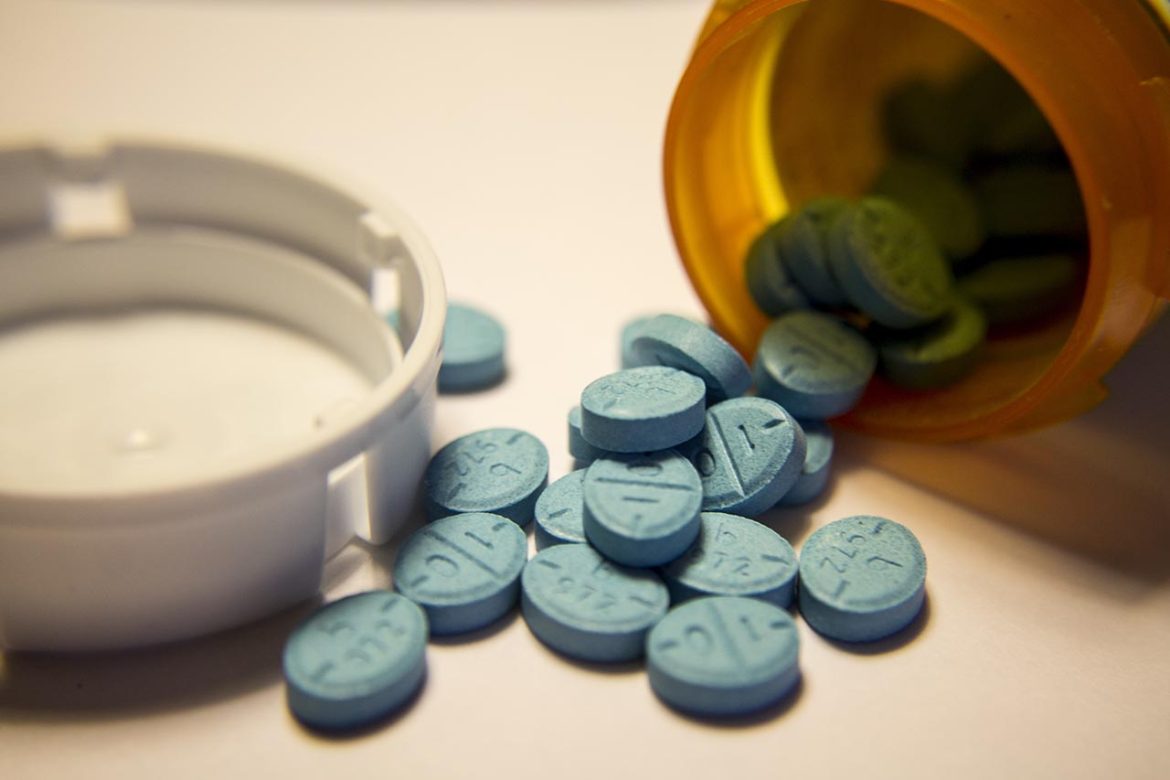The number of drug overdose deaths from cocaine has increased in recent years. The number of deaths from benzodiazepines and antidepressants has decreased, but has remained steady over the same time period. The majority of deaths are related to opioids and psychostimulants. The reason for this increase is not clear.
Data on drug overdose deaths from cocaine
In 2008, the CDC released data on drug overdose deaths involving cocaine. Overdose on cocain deaths associated with cocaine were higher among men than among women. They were also more likely to occur in the Northeast region and in urban areas. In addition, the rate of deaths from cocaine overdoses involving synthetic opioids was higher than for those involving pure cocaine.
Although the CDC does not track death rates for every drug, there are several sources of data. For example, the National Center for Health Statistics, part of the Centers for Disease Control and Prevention, has collected data through 2020. The center also maintains a searchable database called CDC Wonder, which contains 12-month-ending provisional drug overdose death counts. State-level data is also available from the State Unintentional Drug Overdose Reporting System.
Although cocaine overdose deaths were lower in men in 2016, women’s numbers have increased dramatically in the past five years. In particular, Black women’s death rates increased by 144% between 2015 and 2020, far outpacing the rise in all other demographic groups. It is difficult to interpret these numbers without a full understanding of the underlying causes.
The presence of fentanyl in stimulants is a recent development and is causing concern. The numbers of deaths related to stimulants have increased significantly since 2010. As with any drug, the presence of fentanyl in the product has increased the risk of death. However, deaths caused by stimulants containing no opioids have remained relatively stable over the past two decades.
Increase in drug overdose deaths from stimulants
Approximately thirty thousand people per year die from drug overdoses, and the rate of death from stimulants is rising. In fact, in the United States, more people die from stimulant overdoses than from heroin or prescription opioids combined. Researchers from NYU Grossman School of Medicine, Wake Forest University School of Medicine, and the University of Michigan School of Public Health have recently published the results of a study. The authors found that death rates from stimulants rose three times as rapidly as those from other drugs. During the study, more than fifty percent of the fatalities involved methamphetamine. In addition, Asian Americans saw a significant increase in overdose deaths.
The increase in deaths from stimulants is closely linked to the opioid overdose epidemic. Unless we work to reduce both the use and the abuse of stimulants, we won’t be able to curb the growing number of deaths. Furthermore, the rate of overdose deaths from stimulants and opioids is significantly higher in males than in females. From 2010 to 2018, stimulant-related overdose deaths rose by 28% each year for males, compared to twenty-seven percent per year for females. This gender difference is an important factor in designing strategies to reduce this epidemic.

While most stimulant deaths involve one type of drug, cocaine and methamphetamine, significant portions also involve opioids. The number of stimulant-related deaths has increased five-fold in the past five years, with opioids accounting for 63 percent of deaths.
Increase in drug overdose deaths among Black men
The opioid overdose death rate for Black men over the age of 55 is nearly four times higher than the national average. This trend has several contributing factors, including a higher rate of trauma, poor health insurance coverage, and a lack of trust in health care providers. Additionally, Black men are often undertreated for pain and other health conditions.
The most recent statistics for overdose death among Black men show that the rate is now more than double that of white men. Since 2012, the number of overdose deaths in Black communities has increased at a higher rate than among their White counterparts. This trend is especially alarming considering the growing toxicity of the illicit drug supply in the United States.
Despite these alarming numbers, the causes of these deaths are not fully understood. More research is needed to understand the social, cultural, and illicit market factors underlying these disparities. Furthermore, more effective strategies are needed to address the issues that contribute to health inequity. This study also emphasizes the need to create a safer environment for drug users to access treatment.
According to the data, the number of drug overdose deaths among Black men has increased by 44% in one year. Additionally, the rate of drug overdose death among American Indian or Alaskan Native men is also on the rise.
Other recourses:
Similarities Between Adderall and Meth Use
Stylish and Trendy Women Wears
How to Build Emotional Sobriety










